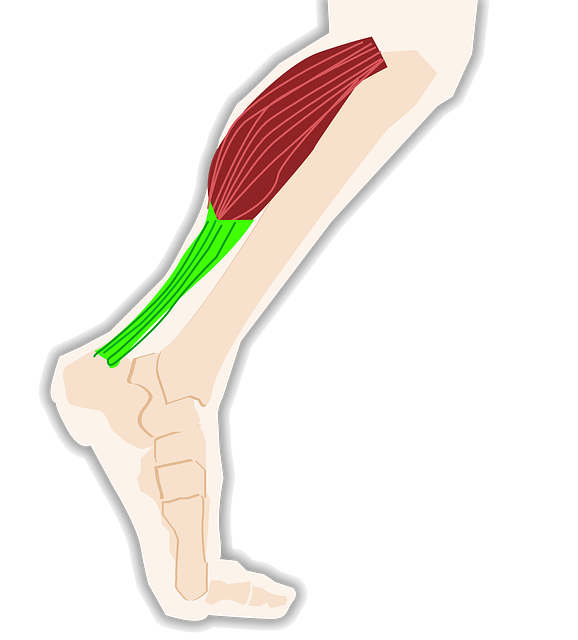This post may contain affiliate links. Please read the disclaimer for more info.
About a year and a half ago at this point, I suffered a major injury to my left foot/heel that, unbeknownst to me, would expose many frailties in my body that were waiting to come to the surface.
I smashed my heel into the ground 2 or 3 times trying to do standing front flips while I was at a taekwondo class and it left me barely able to walk from the tingling pain I was getting. With major bruising and swelling around the inside of my ankle, arch of my foot, and starting to go up the inside of my lower leg, I decided after some research that this must be posterior tibial tendonitis or plantar fasciitis.
With pain on top of my foot where it meets the ankle, around the ankle hinge bone, and going up the inside of my calf, posterior tibial tendonitis fit the bill for those symptoms.
Then the pain moved more into the inside of my heel and the arch of my foot making walking still a little painful but in different ways. I settled on plantar fasciitis as I eventually ruled out some of the symptoms from my other option.
After months of trying to recover from the injury and learning some new strategies along the way, I found a couple things that made a big difference in speeding up the recovery.
Almost a year in at this point, I decide that I should try to start some light running because I had been itching to run and maybe it would even help strengthen my legs again.
Even with the improved form I had learned recently, my achilles tendon was feeling so tight that it actually ended a couple of my jogs early and I had been noticing it feeling pulled too tight even with some walking. My third phase of pain now and it had another new name: achilles tendonitis.
Now the question is: why does it seem that I’m trading injury for injury here or feeling new sources of pain each time I resolve a problem area? Ideally, we would want there to be one answer to all these issues that shows how they’re all connected. And if you’ve experienced something similar, you’re in luck. They are all connected …. by connective tissue. There lies the problem.
When I hurt my foot, I didn’t just hurt the one area that got hit by the impact. I accidentally exposed many of my deficiencies that have been hiding in my lower legs for a long time.
All the swelling that came from the injury actually inhibited a lot of the movement I needed to make in my lower legs and that emphasized some of my muscular shortcomings. By muscular shortcomings, I mean tightness and immobility in muscles that I hadn’t been paying attention to.
What literally connects all these problems is calf fascia. Fascia is the connective tissue that tightly wraps and surrounds everything in our body keeping it all in place.
When that fascia, in our lower legs for example, can’t glide smoothly against our muscles, tendons, etc, it inhibits the movement those parts can make leading us to tightness and a lack of mobility. Fascia needs to be well hydrated, receiving good blood-flow, moving constantly, and not inhibited by swelling or adhesions to retain its elasticity that we need.
When fascia is inhibited significantly in any of these ways, it becomes less elastic, therefore sticking to our muscles and unable to stretch very far. Then, it inhibits the movement our muscles are able to make because it limits them. This leads to those muscles not being used at full capacity and therefore getting tighter and/or weaker over time.
What I learned from all this is that you need to treat your calf fascia very well to avoid all of these problems as an athlete or you will pay a price. It goes for the rest of our body too, as fascia wraps and surrounds everything throughout the whole body.
Now, I’ve begun to release the fascia in my lower legs in ways that serve all of the injuries and pain points I’ve experienced. The posterior tibial tendonitis, plantar fasciitis, and achilles tendonitis all are caused by the same problem areas and the can be addressed simultaneously.
Focus on the calves and all around the lower legs and release the tight fascia in there because it is dramatically limiting your movement if it’s tight. Use something like a foam roller or a firm massage ball to release these tight areas. This is the foundation of your recovery right here if you’ve experienced any of these conditions.


Leave a Reply